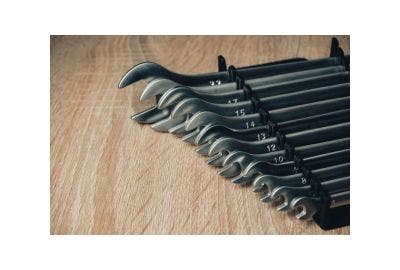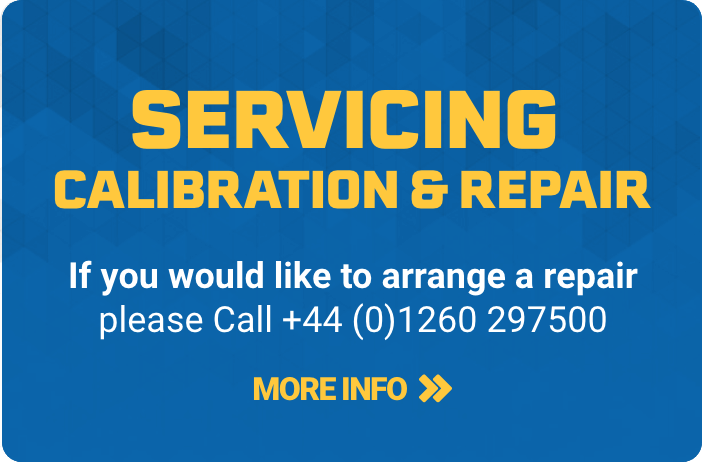Referred to as a wrench in the UK, an adjustable spanner is a handy tool for its versatility, regardless of whether you work in construction or are a plumber, mechanic, or avid DIYer.
What Is An Adjustable Spanner?

Used to grip a nut/bolt to tighten or loosen it - an adjustable spanner is typically open-ended and has a moveable lower jaw. This enables the user to adjust the tool according to the size of the bolt/nut. Fixed spanners can only be used on a fastener of a particular size.
Spanners and wrenches are often confused with one another, mainly because they are referred to differently in the US.
For example, fixed and adjustable spanners are known as wrenches, whereas in the UK, only adjustable spanners are known as wrenches.
Who Invented The Adjustable Spanner

Johan Petter (JP) Johansson invented the adjustable spanner in 1891. He also designed the pipe wrench. Both of these tools are still used in a variety of trades today.
Joseph Stubbs created the original adjustable spanner 50 years before Johansson; however, Johansson improved the tool, giving it only one moveable jaw.
What Is An Adjustable Spanner Used For?

Adjustable spanners are used in a variety of professional industries for a range of jobs. For example, they are commonly used by mechanics and plumbers.
However, if you enjoy DIY around the home, an adjustable spanner is always handy.
Adjustable spanners eliminate the need for you to have tools in multiple sizes. This is because, whatever the size of the fastener (that is within the range of your tool), you should be able to tighten or loosen it by adjusting the spanner accordingly.
How To Use An Adjustable Spanner

Follow the steps below to use your adjustable spanner:
1) Identify the fastener size you need to tighten/loosen.
2) Alter the width between the tool’s jaws by turning the screw (worm screw). The screw is usually found on the side or base of the spanner head, enabling you to open/close the jaws to the required size.
Typically, the lower jaw is adjustable, whilst the upper jaw remains fixed. There should be markings on the head of the tool, which will allow you to ascertain the required width.
3) Place the jaws around the fastener to check the spanner has a secure grip. If it doesn’t, then a further adjustment is required.
4) Proceed as you would with any other spanner, turning the fastener right to tighten or left to loosen it.
Adjustable spanners can deliver a very tight grip on a fastener, so you may need to widen the space between the jaws (loosen the jaws) after you have tightened a fastener, allowing you to easily remove the tool without loosening it.
Adjustable Spanner Safety Tips

Below are some handy tips to remember when using your adjustable spanner/wrench:
- Pick an adjustable spanner that reduces the gap between the jaw and the fastener. Ideally, there should be no more than a 1mm gap. If there is more than this, you will need a different-sized wrench.
- You should not apply extra torque to your adjustable spanner from a hammer or other striking tools because they are not designed for this.
- Check your adjustable wrench regularly for any damage or signs of wear that may affect its performance and the safety of the application; calibrating this often can help.
- Store your adjustable spanner in an appropriate container, such as a toolbox. This will help your tool to remain free of dust and grime. Remember to keep your spanner clean because any residue may affect your grip, leading to damage or accidents.
- Consider the environment in which you will be using your adjustable wrench. Evaluate the available manoeuvring room and any other factors that may impact how effectively and safely you can work, such as the weather conditions if the job is outside.
If you plan to carry out DIY projects within your home, an adjustable spannershould be a necessary addition to your toolbox.





















